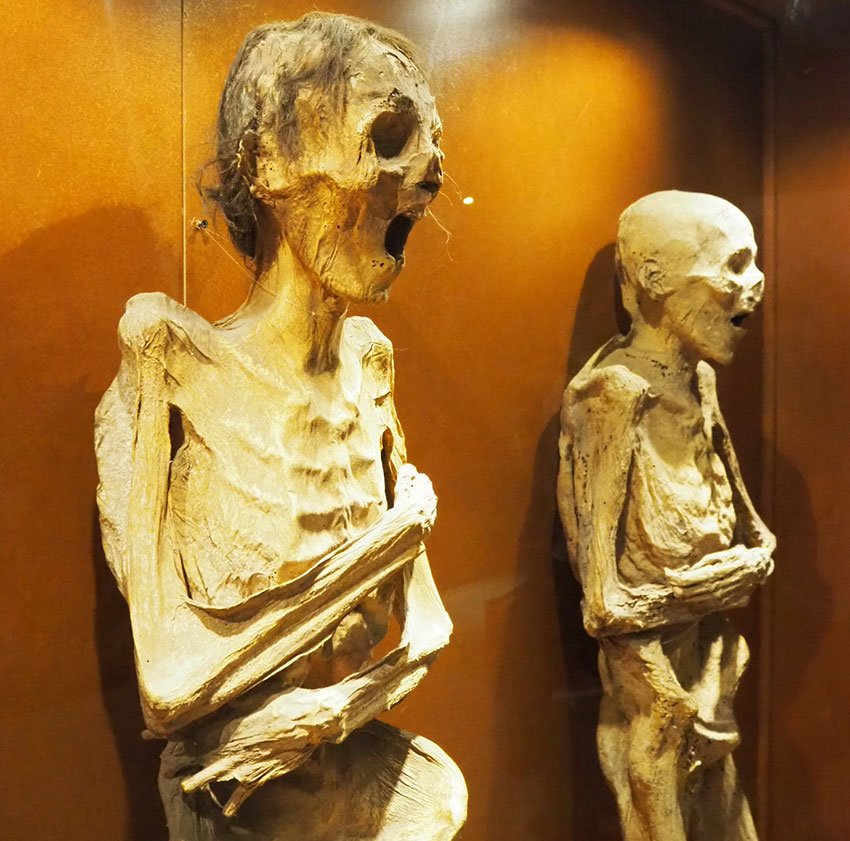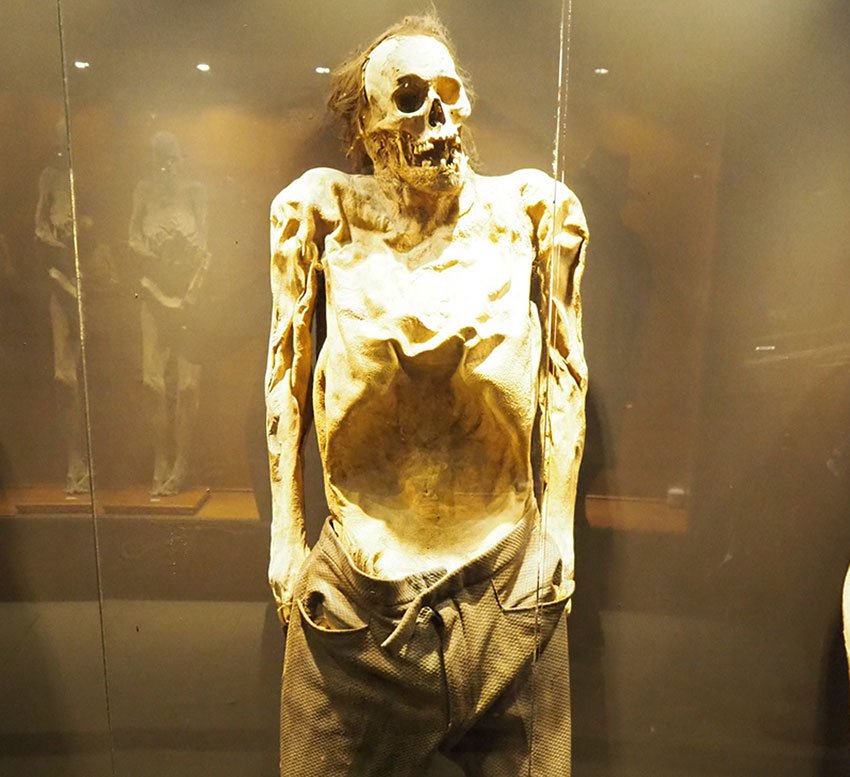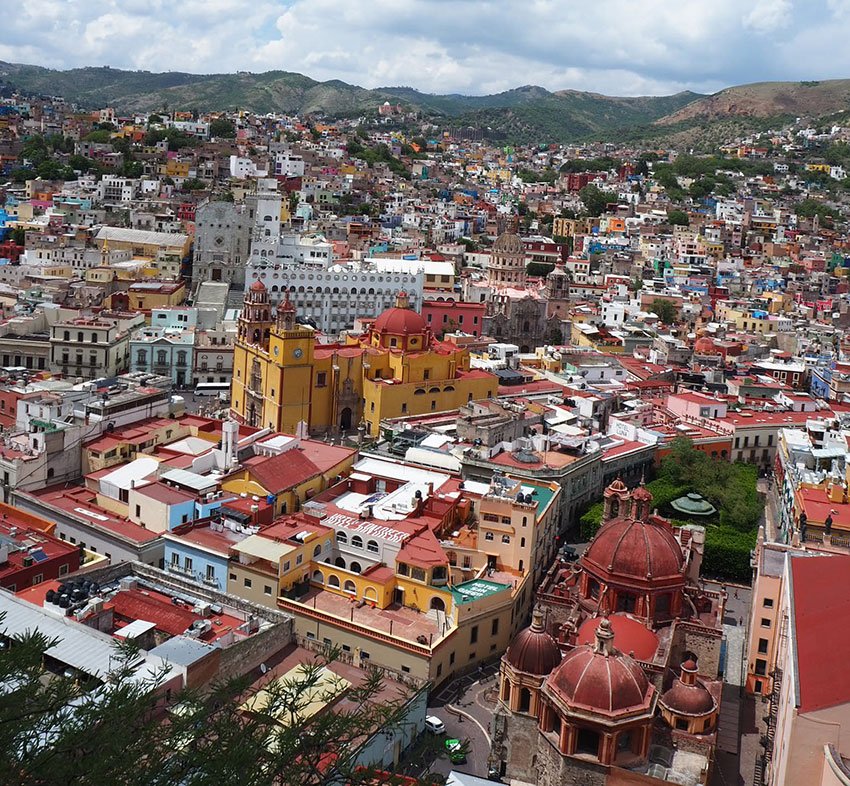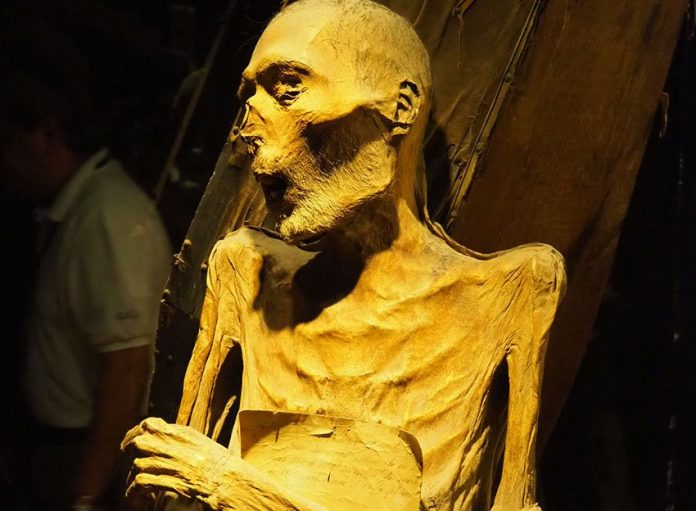Way up on one of the many bowled hills of Guanajuato city, just below the enormous statue of Independence hero Pípila, amidst the calls of finches and wrens, the sun shines down on 16th and 17th-century colonial stone mastery – built by the hands of peasants with the largest caches of gold and silver the world had ever seen.
Below, the Basílica de Guanajuato glows a bright gold yellow, and the university the ever-present bluish silver of locally mined volcanic tuff stone, like a mystic fortress. The sharp, deep canyons and massive, silver-fueled architecture guarantee an amazing view from any vantage point.
But up on the hill, across from the multihued residential buildings stacked like a game of Connect Four, the mingling sounds of the city are the most captivating.
“Isn’t it amazing?” our host asks. “It’s all human sounds.”
And he’s right, aside from the birds and the breeze and the occasional dog’s bark or rooster’s crow, you hear only conversations carried in the wind, names hollered at friends from a distance, and copious applause and laughter – blissful, buoyant laugher – most of it a reaction to the gags of the minstrel estudiantinas – wandering musicians and performers dressed in Renaissance velvet.

Although it had been mined for many years before they arrived, the Spanish began to remove huge deposits of gold and silver from Guanajuato’s hills in the mid-16th century. In the 18th century, Guanajuato mined more silver than anywhere else in the world, with one mine alone accounting for two-thirds of the world’s silver production at its height.
Guanajuato is a city of tiny, winding callejónes (alleys) of stone and giant tunnels for automotive and foot traffic dug directly under the city. The surrounding culture is immense, most of it tied to music.
Follow the callejoneadas, led by singing jokesters, as you meander through the streets. Stop by the Jardín de la Unión bandshell for one of the many concerts that could just pop up at any moment. Or, at the gilded Teatro Juárez, step in under the outstretched statue arms for a cheap visit to see the orchestra practice in the afternoon.
Yet up in the hills to the northwest, facing the city center, lies the attraction that has secured Guanajuato’s fame well into the modern era – the mummies, the pulled-from-their-graves, leathered and seemingly screaming, naturally occurring, creepy local mummies of Guanajuato.
The mid-1800s saw a massive, worldwide outbreak of cholera. In Guanajuato, the deaths were so numerous that the city was simply too short on cemetery space to bury their dead beneath the ground, so they began entombing them in walled crypts above ground.
In 1865, a law was passed requiring relatives of the dead to pay a yearly grave tax. If the relatives were unable to pay the tax, the corpses of the dead would be removed from their mausoleums or dug up from the ground and stored in catacomb vaults beneath the cemetery – in case the relatives might be able to come up with enough money to return them to proper, independent storage within the cemetery.

In June of 1865, Dr. Remigio Leroy, Guanajuato’s very first mummy, was exhumed. Thanks to particularly well-sealed crypt vaults that allowed for no moisture or oxygen exchange, and the city’s generally temperate and extremely dry climate, the cemetery workers discovered that the body had dried out before decomposing.
As more corpses were dug up for tax evasion, a number of near mint mummies amassed below the Panteón Municipal de Santa Paula. (It’s estimated that approximately 2% of the pantheon’s vaulted dead become suitably mummified.)
Word spread about the “mummies of Guanajuato,” and by the early 1900s, cemetery workers were charging for a view.
The storage below the Santa Paula Municipal Pantheon officially opened as a government museum in 1968, although it had operated ad hoc for a number of years. There are currently 57 mummies on display and more than 100 in the museum collection.
Given that the burial tax ended in 1958, there doesn’t appear to be a proper explanation as to why the leathered corpses continued to be exhumed until as recently as 1989, when the museum uncovered two babies who’d died in 1984.
But then, to fend off a possible spiral into obscurity, the world’s great museums must continually add new pieces to their collections.

Among the most famed members of the museum are “Mother and Child,” an approximately 40-year-old woman exhumed with her fetus, “the smallest mummy in the world,” thought to be around five to six months in gestation. The tiny unborn baby is like a SciFi dream, an 8-inch, nearly complete human with a too-big cranium and gangly limbs, appearing to be lost in a seated meditative wail.
The woman’s belly is like a deflated piñata, the skin holding its structure completely, though appearing to be more flora than human skin. The woman is thought to have been from a poor family, as her bone structure indicates that she hadn’t received proper nutrition for a pregnancy at her age.
Most of the collection is in near perfect condition, the papier mache skin holding tight to their bones, with only a few holes through the feet and legs. The museum literature helps stoke the creepy scene, as with the description of Ignacia Aguilar or “Buried Alive.”
Aguilar is thought to have suffered an attack of catalepsy – a condition causing paralysis, rigidity and slowed heartbeat – before being improperly pronounced dead.
Her mummified corpse was found face-down in her tomb, with wounds on her forehead and her hands at her temples, as if attempting to escape. The museum description continues, “In the last minute of her life the woman must have experienced anguish, desperation and horror. Just the fact that she was in a completely dark and confined space with no means of saving herself generates among us a deep feeling of compassion and grief.”
Many of the mummies still have eyeballs, pronounced lips and even tongues protruding slightly from their mouths. Most of their mouths are open and appear to be howling in horror, although this is due to postmortem transformation from skin to leather, not actual living terror.

There are tiny babies Bernardo and Enrico dressed in their Sunday best, little Enrico with a yellow and green robe, wool mittens and a crown, like a baby king. “Stabbed to Death,” shows a man buried in 1946 with a hole in his abdomen, a rusty-red display of blood still visible on his skin.
There’s “Nico,” a gargantuan man standing, slightly hunched over with his hands at his waist in an apparent attempt to hold up his boxer shorts. Or “Drowned,” a man who died in the Guanajuato dam in 1965, with still visible blue and purple skin colorations.
Up the hill behind the museum, the Panteón Municipal de Santa Paula is open to the public and a nearly equally impressive scene. It’s still in active use, with mariachi bands playing the newly dead into their tombs. You can even trace some of the interior mummies back to their original crypt sites in the cemetery.
It’s a truly Mexican experience, the Guanajuato Mummy Museum, this refusal to fear death or the bodies it leaves behind. Hard to imagine many other places that would bus in groups of children to view the recently dead. They are beautiful and terrifying.
Most mummies are displayed completely nude and, until fairly recently, were simply leaned against the walls with no protection. Local lore says they were only covered in glass because visitors were stealing all manner of appendages.
Whatever memory of Guanajuato you take home, you can be sure it will last a lifetime – or beyond.
Andy Hume is a Mexico City-based freelance writer. He writes regularly for Mexico News Daily.
